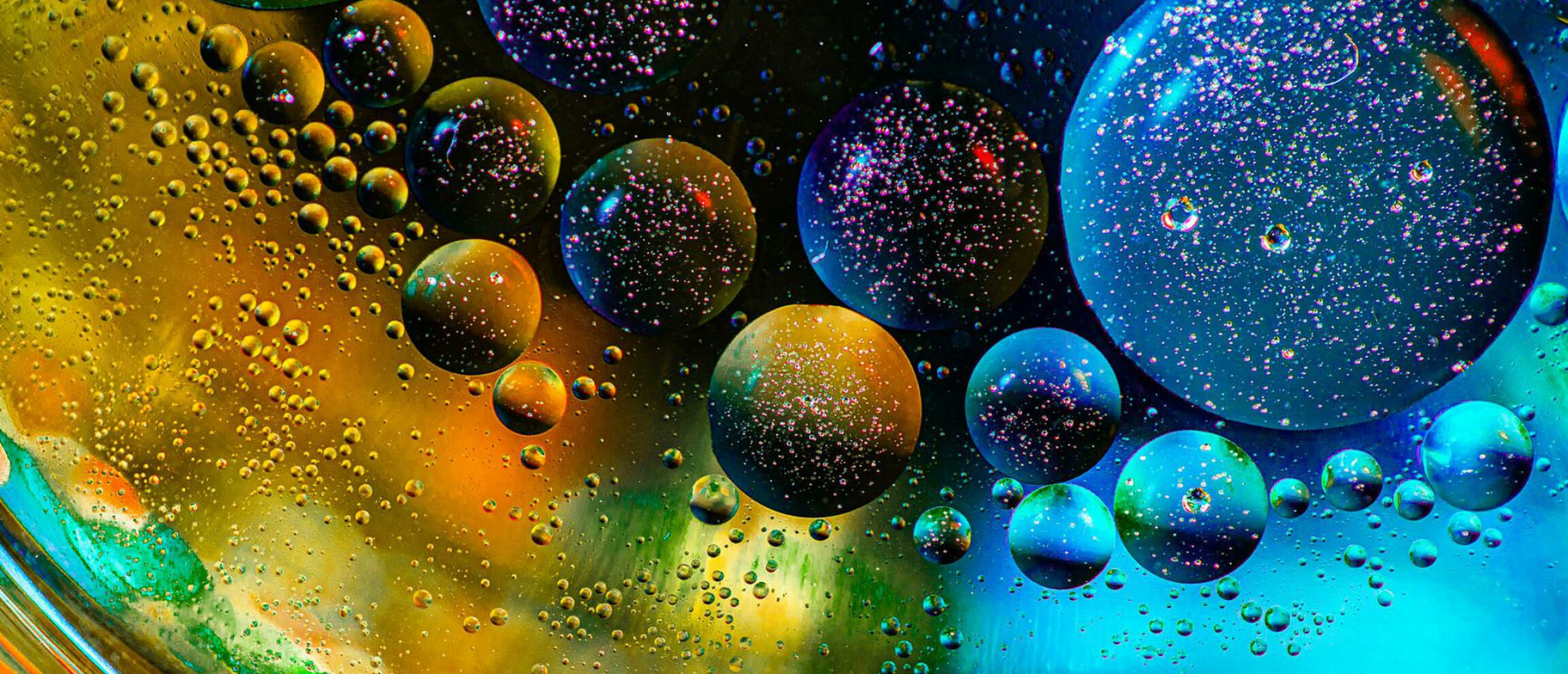
Oil Contamination problems
Contaminated oil can cause various problems that can impact the performance and longevity of the equipment. Below you'll find some of the major problems caused by contaminated oil.
Component Wear and Failure:
Contaminated oil can cause increased wear on the machine's components, such as bearings, gears, and pistons. The presence of dirt, debris, and other contaminants in the oil can cause scratches, pitting, and other forms of damage that can reduce the lifespan of the equipment. Over time, this wear can lead to component failure and costly repairs.
Reduced Efficiency:
Contaminated oil can reduce the efficiency of the machine by increasing friction and reducing lubrication. The presence of contaminants can cause the oil to become thicker, reducing its ability to flow smoothly through the machine's components. This can lead to increased energy consumption, reduced performance, and decreased productivity.
Increased Maintenance Costs:
Maintenance cost will increase since contaminated oil require more frequent oil changes, filter replacements, and other maintenance tasks. Regular maintenance is necessary to remove contaminants from the oil and ensure that the machine operates efficiently. However, frequent maintenance can be costly and time-consuming.
Safety Risks:
Contaminated oil can pose safety risks to the machine operators and those working in the vicinity of the equipment. The presence of contaminants in the oil can cause components to fail unexpectedly, leading to accidents and injuries. Contaminated oil can also increase the risk of fire or explosion if it comes into contact with a heat source.
Environmental Impact:
If contaminated oil is not disposed of properly, it can have a negative impact on the environment. The oil can contaminate soil and water sources, harming plant and animal life. It can also contribute to air pollution if it is burned or evaporates into the atmosphere. Proper disposal of contaminated oil is necessary to minimize its impact on the environment.
The Top 3 Contamination Problems
While oil contamination takes many forms, the following three classifications cover the majority of industrial problems:
Dirt/Dust and Solid contaminants
creep in from the surrounding atmosphere.
Contaminants could include:
- metal chips from machining,
- rust and wear products from seals, bearings and gears,
- core sand from castings,
- weld spatter from welding,
- paint flakes from painted surfaces and
- soot from diesel engines.
Water
The most troublesome sources are often:
- condensation,
- cooler leaks,
- gland leakage and
- seal leakage.
Sludge
This forms primarily as a result of oxidation of the oil itself, especially at high temperatures. Accumulation of fine particles may also fill clearance spaces by silting, resulting in erratic operation and sticking of hydraulic system valves and variable flow pumps.
